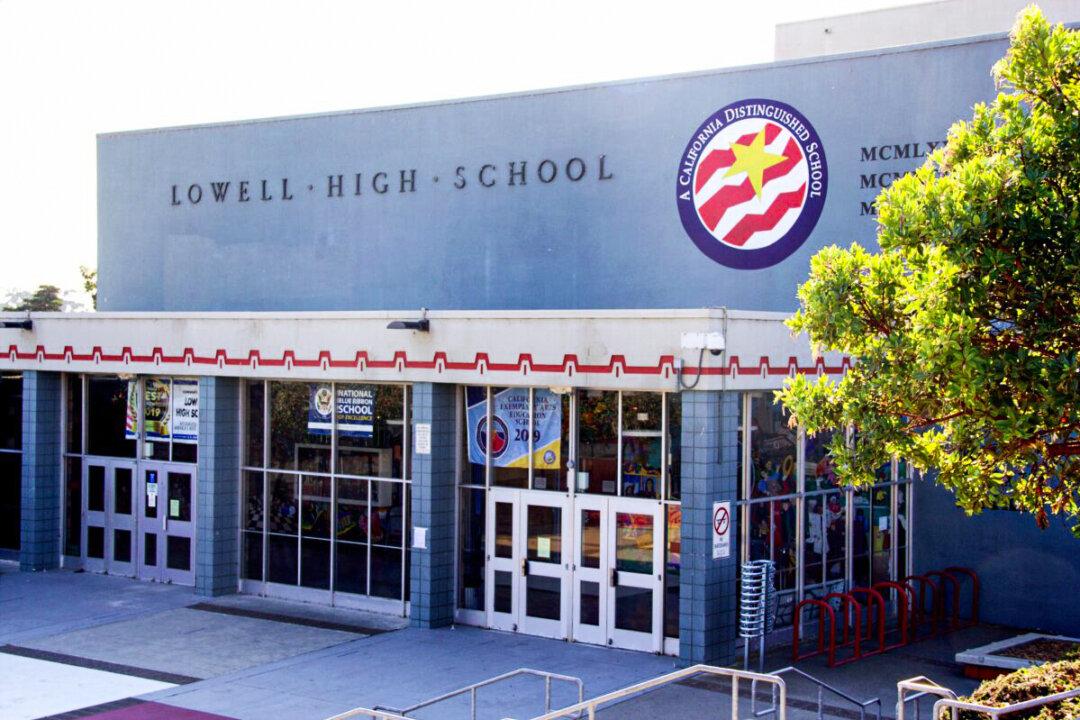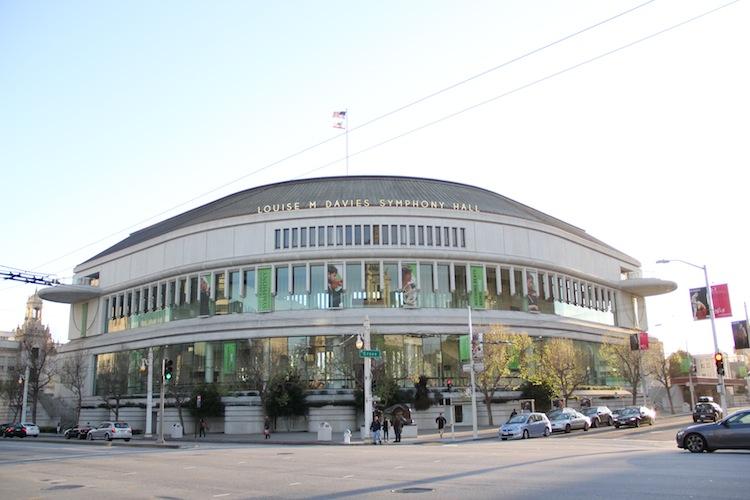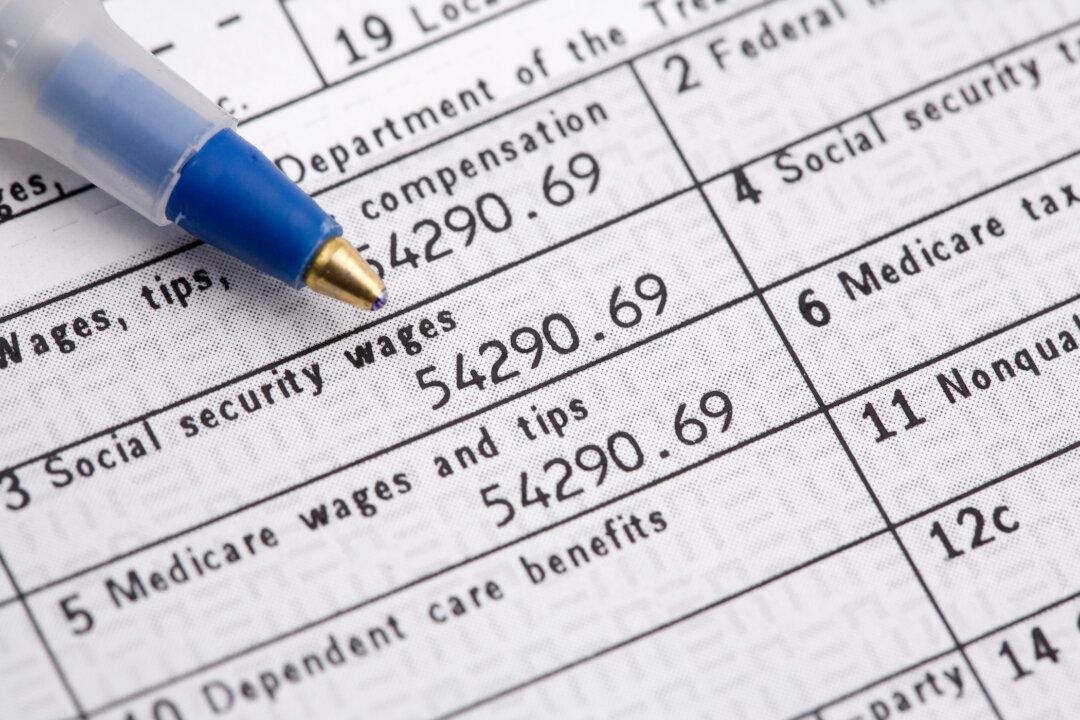Commentary

The Lowell High School campus in San Francisco, Calif., on Oct. 29, 2020. David Lam/The Epoch Times
David Parker is an investor, author, jazz musician, and educator based in San Francisco. His books, “Income and Wealth” and “A San Francisco Conservative,” examine important topics in government, history, and economics, providing a much-needed historical perspective. His writing has appeared in The Economist and The Financial Times.
Author’s Selected Articles




